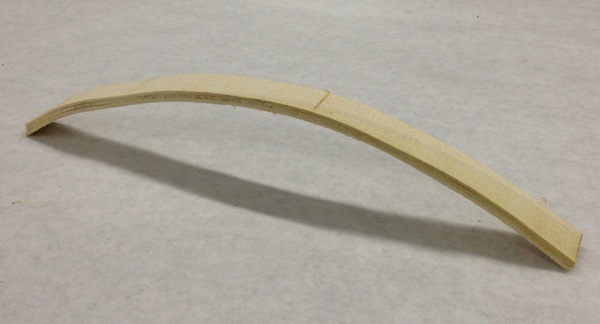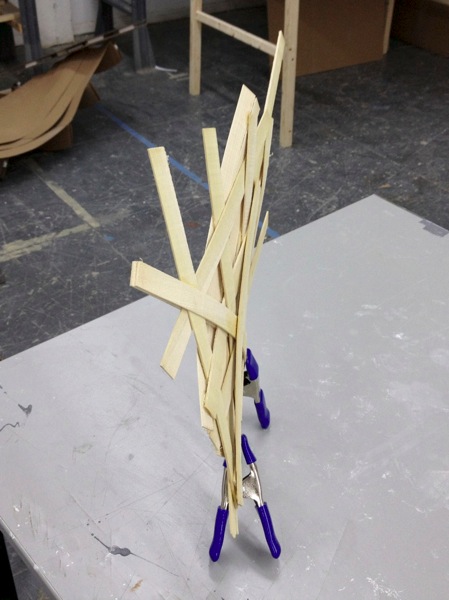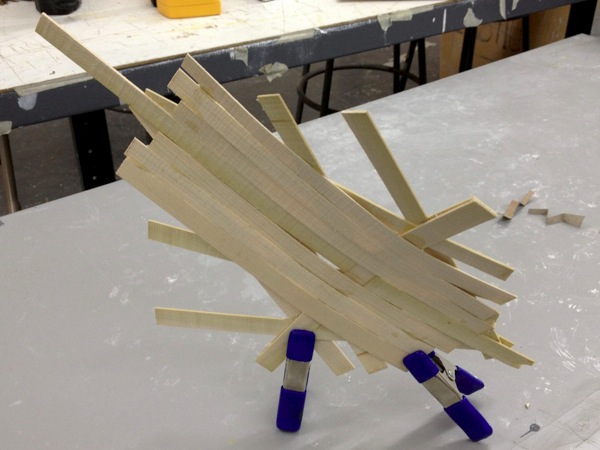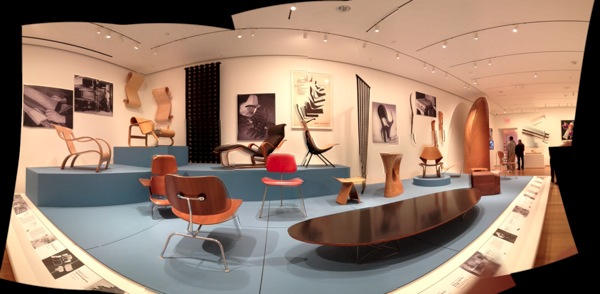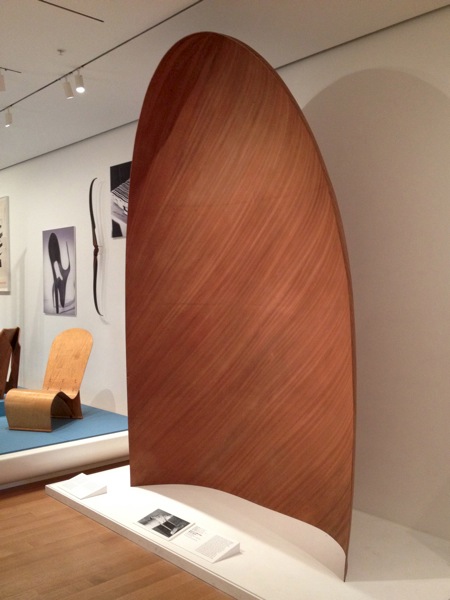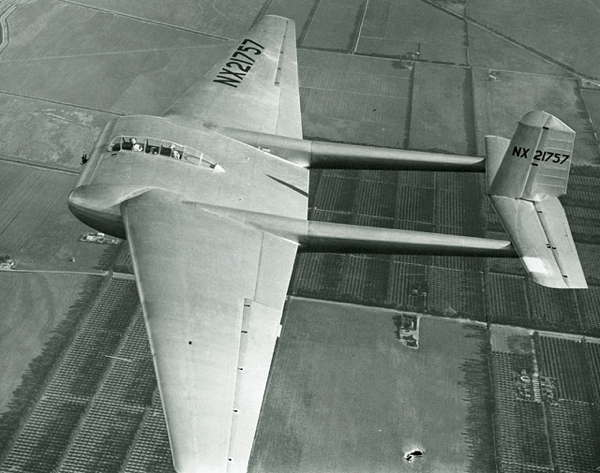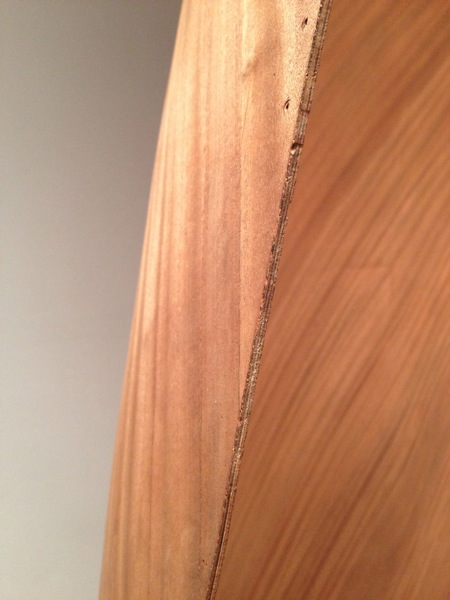Continuing on from last week's explorations into bent wood, Michael Thonet's [wikipedia] process and deigns is worth looking into. And just so it happens, Co. Design wrote an article about the #14 chair this week, along with this video from YouTube.
Some images via Google Image Search.
Thonet pioneered the steaming process for softening and allowing the ending of beech wood. In the 1800s, he had undergone training as a joiner and start making cabinets at his workshop in Boppard - on the Rhine, in Germany. He started by laminating wood and veneers and gradually introduced his process of steam shaping.
#4
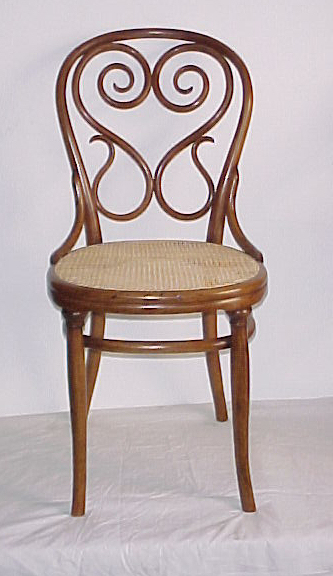
#13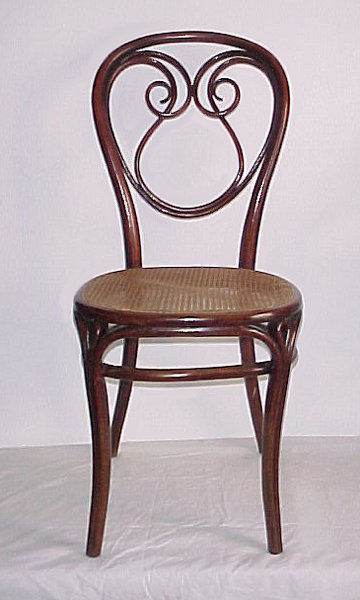
One Chair'd High Table Chair (about 1900)
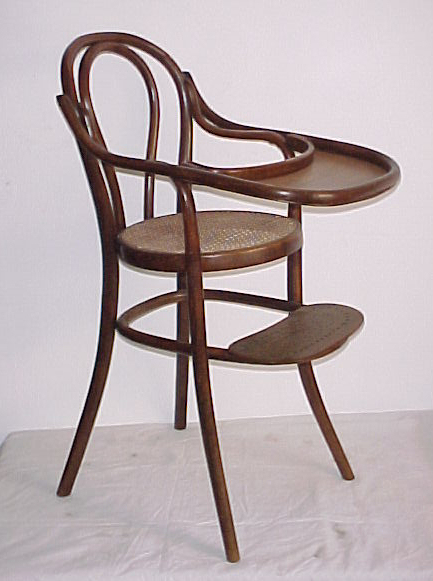
#1 - Child Rocking Chair
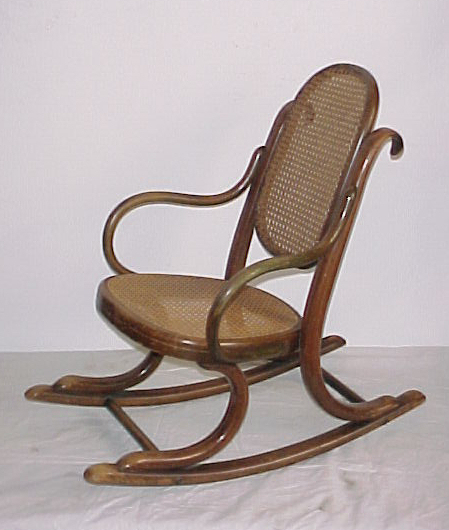
#91
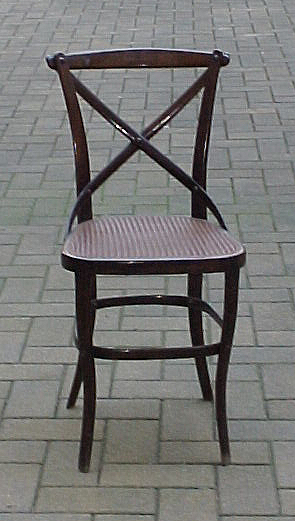
#19
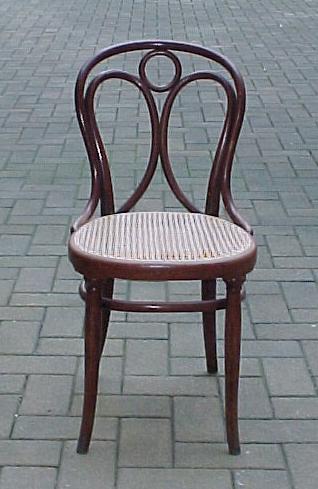
#12
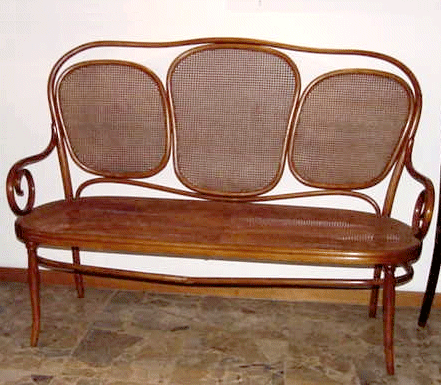
#7
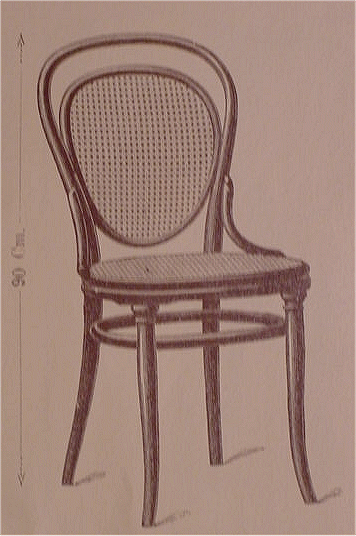
#9
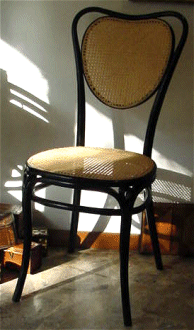
#5
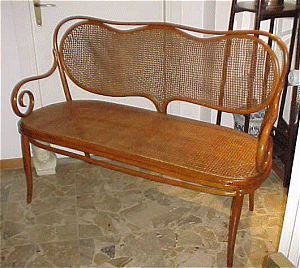
#17
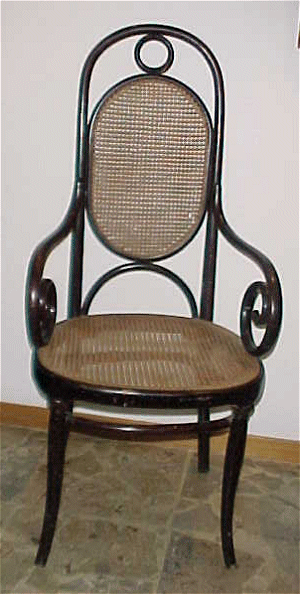
[Images from www.thonet.it]
#1
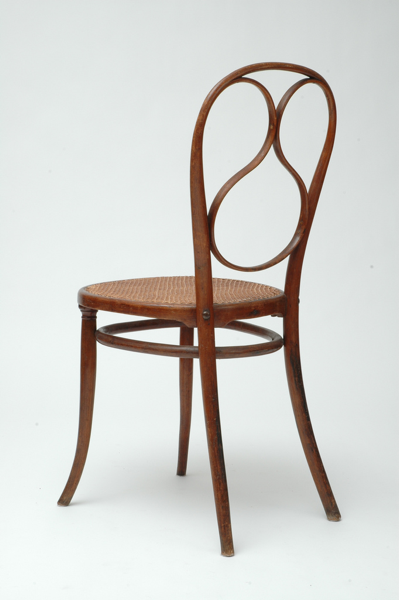
[Image from Flickr]
#2
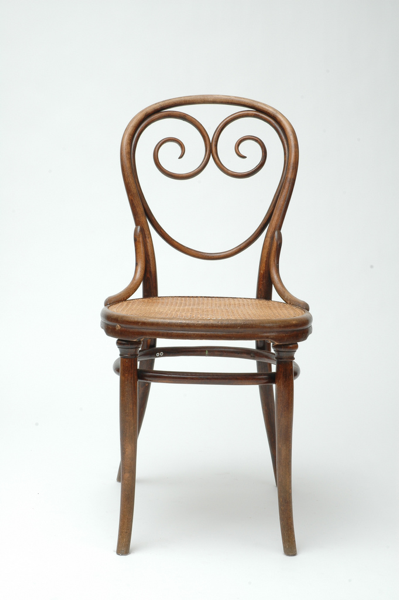
[image from Flickr]
Thonet Catalog from 1859
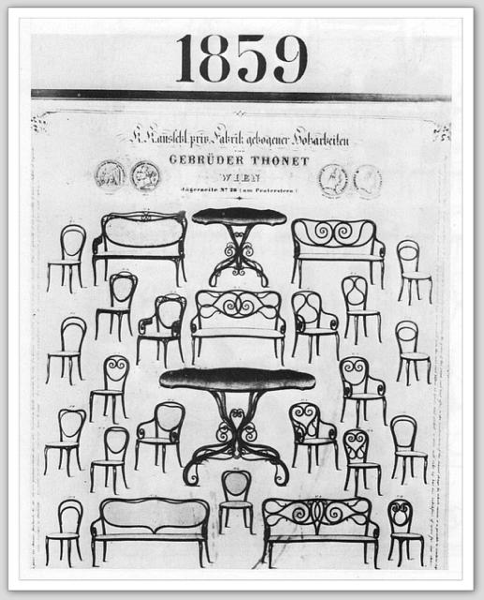
Thonet Catalog from 1867
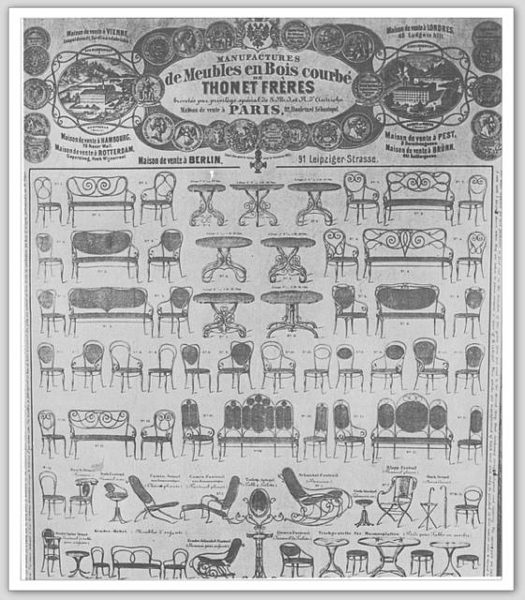
Thonet Catalog from 1873
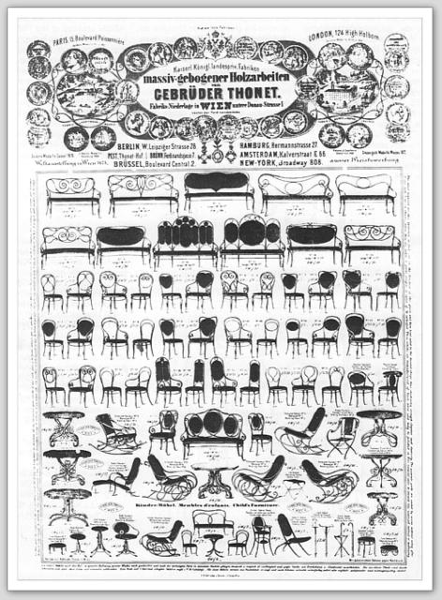
[Images from Au Bon Usage]





